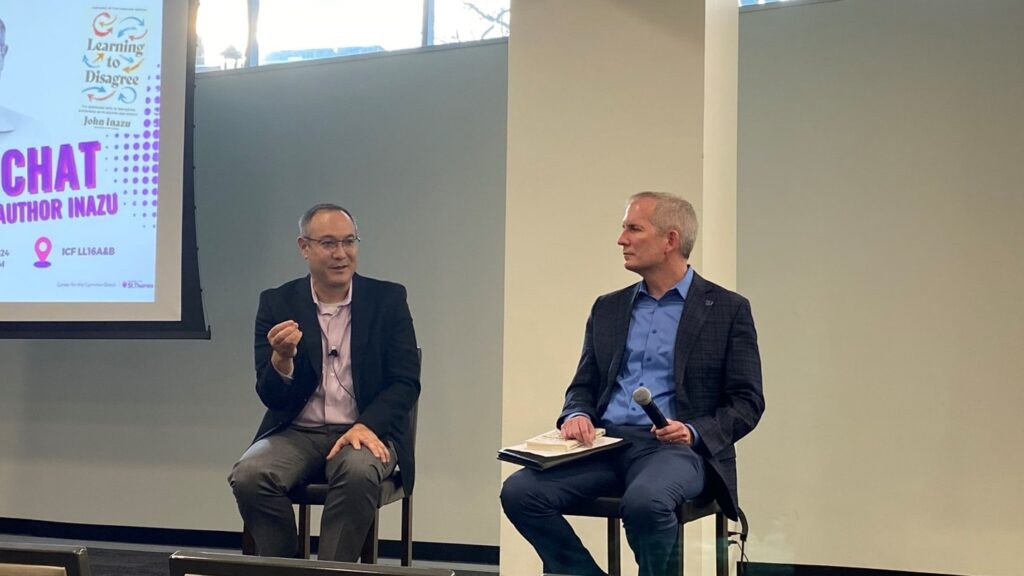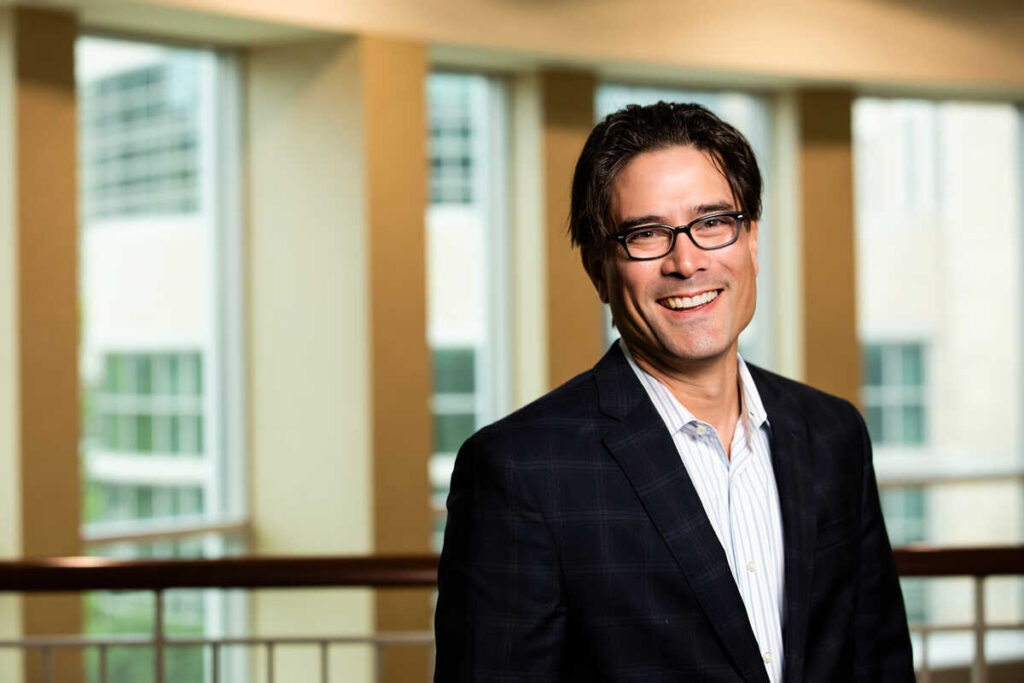There are four generations in today’s workforce. It is the first time in history that four different demographics are interacting as coworkers, subordinates and supervisors. The four generations have been coined traditionalists, Baby Boomers, Gen X and Millennials. Each is distinctly different and have naturally been shaped by the events that have occurred during their lifetimes.
Recently, the College of St. Benedict and St. John’s University Young Alumni Committee held an event titled, "When Generations Connect," here on St. Thomas’ Minneapolis campus. This event served to provide a foundation for how generations work, how they think and what drives them crazy. Attendees came from graduating classes as far back as 1971 up to 2013, granting all in attendance a firsthand perspective to how the multigenerational workforce affects their livelihood.
Keynote speaker Scott Zimmer, a 2000 CSB/SJU graduate, is part of the BridgeWorks team, a company that dedicated to the study of generational differences. He works with companies across the country to help them understand how they can best maximize their young talent, as well as maintain connections with their experienced workforce, to drive innovation and sustainability.
Zimmer’s witty and engaging recap of the four generations, connected us on topics ranging from the Vietnam War, Title IX, the Clinton impeachment and 9/11. For Zimmer, “One of my favorite moments as a speaker are those ‘light bulb’ moments people have as you’re talking…you see it on their face. I saw a lot of those.”
Kurt Rakos shared an insightful perspective as manager engaging with his own multigenerational workforce. Kurt is an award-winning sales management executive and a founding partner at SkyWater Search Group, an executive recruiting firm.
Rakos said SkyWater, takes “significant strides in having the best company culture we can. A true testament to our culture and our work environment is our extremely low turnover rate [of] less than 5 percent.” The employee age range at the firm is 22-77, with more than half of employees being Millennials. Rakos described the firm’s management style as “timeless…whether you are a baby boomer, Gen X or a Millennial we all still want the same things: respect, transparency, an open door policy, a sense of purpose and integrity. So no matter how old or young you are these are the things that really matter.”
Emily Pearson Bly, a marketing and communication specialist for Pope Architects and 2008 CSB/SJU graduate, quickly put what she learned into action, as she had been considering proposing a rebranding intervention with her firm leadership. “But, after hearing the presentation, it enlightened me that it’s not a re-branding or a revolution of our company – as the 5 leaders of our firm are Baby-Boomers, but more of an evolution of what our brand is built on. I am excited to restructure my presentation to the firm as I feel like I was enlightened on a whole new approach to this topic.”
As our generations continue to engage in and outside of the workforce, strategies for effective communication and professional development need to continue to evolve. Here are a few tips for each generation to maximize effective intergenerational relationships:
Traditionalists
- Communication is best in written form, such as memos or letters
- Characteristics of this generation: hardworking, loyal, take interaction at face value
Baby Boomers
- Communication is best face to face, personal interaction is prized, while keeping messages professional
- Characteristics of this generation: Strong work ethic, independent, known to put in long hours
Gen X
- Communication should be direct, as well as feedback is expected with out sugar coating. Limit check-ins and keep messages to the point.
- Characteristics of this generation: Individualistic, prefer to work independently; work to live, not live to work.
Millennials
- Communication that is instant, as well as positive with a tie to the goals of each individual. Brainstorming and team meetings are welcomed and appreciated.
- Characteristics of this generation: Family centric, a strong need for meaning in work must be apparent, achievement and team oriented and can be attention/praise oriented.







